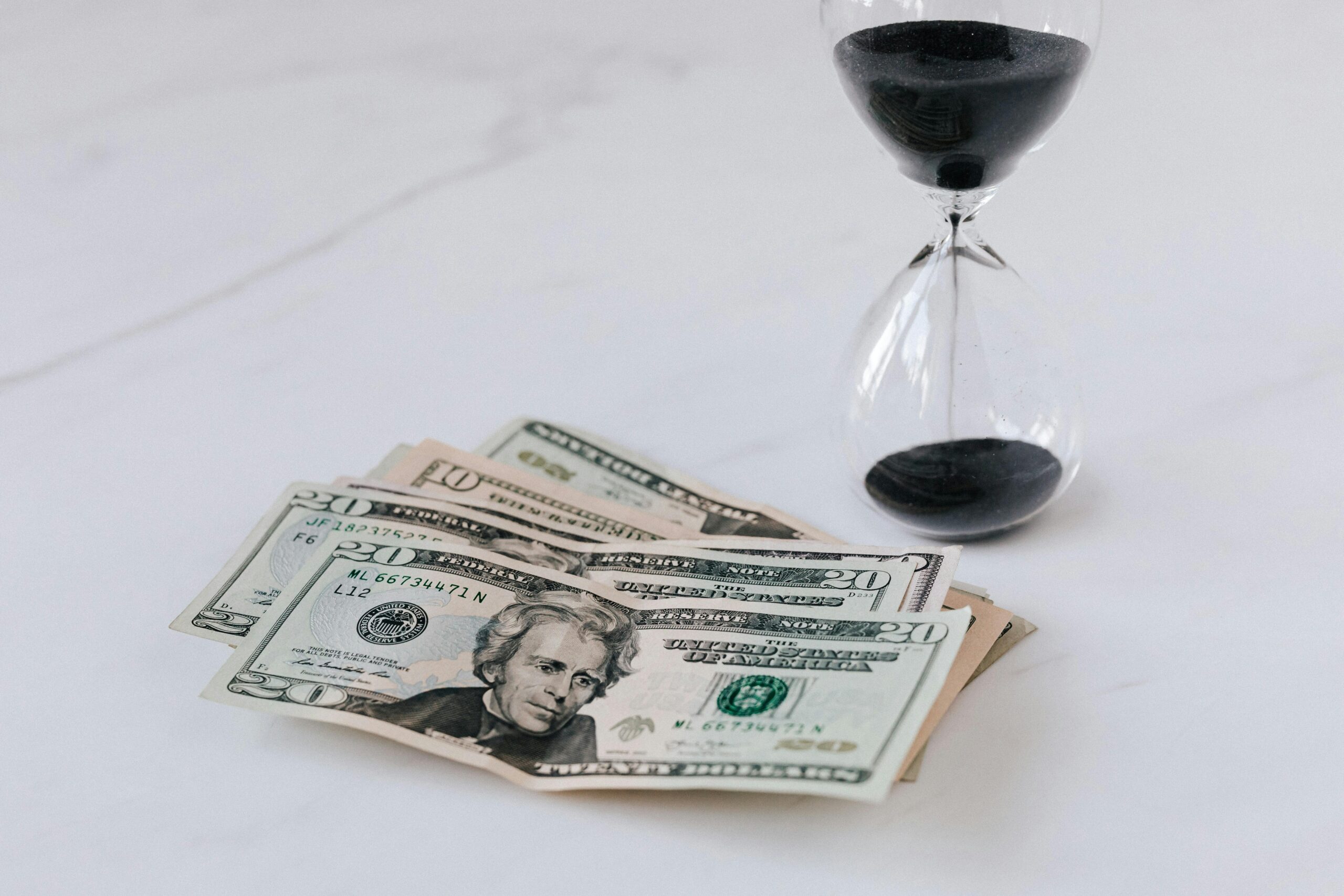Investor overreaction represents one of the most persistent behavioral patterns in financial markets, costing individuals and institutions billions annually through poorly timed decisions and emotional trading.
🎯 The Psychology Behind Market Overreaction
Financial markets operate on a complex interplay between rational analysis and human emotion. When unexpected news hits the market, whether positive or negative, investors often respond with disproportionate intensity. This phenomenon, known as investor overreaction, stems from deeply rooted psychological biases that have evolved over millennia but serve us poorly in modern investing contexts.
Research in behavioral finance has consistently demonstrated that investors tend to overweight recent information while undervaluing long-term fundamentals. When a company announces disappointing quarterly earnings, for instance, share prices frequently plummet far beyond what the actual financial impact justifies. Similarly, positive surprises can trigger euphoric buying sprees that push valuations into irrational territory.
The emotional response to financial news activates the same neural pathways associated with physical threats. Our brains process potential monetary losses with the same urgency as avoiding predators, triggering fight-or-flight responses that cloud judgment. This evolutionary wiring, while beneficial for survival in prehistoric environments, creates systematic errors in investment decision-making.
The Amplification Effect of Modern Media
Today’s 24-hour news cycle and social media landscape dramatically intensify overreaction tendencies. Every market movement receives immediate commentary, analysis, and speculation across multiple platforms. Investors find themselves bombarded with conflicting opinions, urgent alerts, and sensationalized headlines designed to capture attention rather than inform rational decisions.
The constant stream of information creates an illusion of urgency, compelling investors to act quickly rather than thoughtfully. This environment particularly affects newer investors who lack historical perspective on market cycles and volatility patterns. The fear of missing out (FOMO) combines with loss aversion to produce a toxic cocktail of impulsive decision-making.
📊 Historical Evidence of Overreaction Patterns
Academic research spanning several decades has documented consistent patterns of investor overreaction across different markets, time periods, and asset classes. The seminal work by Werner DeBondt and Richard Thaler in the 1980s established that stocks experiencing extreme price movements tend to reverse direction over subsequent periods, suggesting initial overreaction.
Examining specific historical episodes reveals the enormous cost of overreaction. During the dot-com bubble of the late 1990s, investors pushed technology stock valuations to astronomical levels based on growth projections that defied fundamental analysis. Companies with minimal revenue commanded market capitalizations exceeding established industrial giants. When reality reasserted itself, trillions in market value evaporated.
The 2008 financial crisis demonstrated overreaction in the opposite direction. As mortgage-backed securities collapsed, panic selling extended far beyond toxic assets to high-quality companies with strong balance sheets. Businesses that survived the crisis saw their stock prices recover multiples of the crisis lows within several years, rewarding those who resisted panic selling.
Quantifying the Cost of Emotional Trading
Multiple studies have attempted to measure the financial impact of overreaction-driven trading. Research from Dalbar, Inc. consistently shows that average investor returns lag market index returns by substantial margins, primarily due to poorly timed buying and selling decisions. Over a 20-year period ending in 2019, the S&P 500 returned 6.06% annually while the average equity fund investor earned only 4.25%.
This performance gap represents hundreds of thousands of dollars in lost wealth for typical retirement savers. A $100,000 investment growing at 6.06% for 20 years reaches approximately $323,000, while the same amount at 4.25% grows to only $231,000. The nearly $92,000 difference stems largely from emotional reactions to market volatility.
🧠 Common Triggers of Investor Overreaction
Understanding what precipitates overreaction enables investors to recognize warning signs in their own behavior. Several specific triggers reliably produce disproportionate responses across investor populations.
Earnings Announcements and Guidance Revisions
Quarterly earnings reports generate predictable volatility spikes as investors digest new information. Companies that miss analyst expectations by even small margins often experience significant price declines, while those exceeding forecasts enjoy substantial gains. However, research demonstrates that these initial reactions frequently overshoot appropriate valuations, creating opportunities for contrarian investors.
The problem intensifies when management issues guidance revisions. Forward-looking statements carry inherent uncertainty, yet markets often treat preliminary forecasts as definitive predictions. When reality deviates from these projections, overreaction ensues regardless of whether the underlying business fundamentals have materially changed.
Macroeconomic News and Policy Announcements
Federal Reserve decisions, employment reports, GDP figures, and geopolitical developments trigger market-wide reactions that frequently exceed rational responses to the actual information content. Investors extrapolate short-term data points into long-term trends, forgetting that economic cycles naturally include both expansion and contraction phases.
The announcement of interest rate changes provides particularly clear examples. Markets may rally or decline sharply on rate decisions that were widely anticipated and already incorporated into asset prices. The emotional response to official confirmation overwhelms the logical recognition that no new information has actually emerged.
Sector-Specific Shocks and Black Swan Events
Unexpected events affecting entire industries can produce contagion effects where investors indiscriminately sell holdings across a sector, regardless of individual company exposure to the triggering event. The COVID-19 pandemic illustrated this phenomenon as travel-related stocks all crashed together despite vastly different financial positions and recovery prospects.
Black swan events—highly improbable occurrences with massive impact—generate especially extreme overreactions because they fall outside normal experience and risk models. Investors lacking frameworks for processing such events default to emotional responses that often prove incorrect with hindsight.
💡 Proven Strategies to Combat Overreaction
Recognizing overreaction tendencies represents only the first step toward improvement. Implementing systematic strategies helps investors maintain discipline during periods of market stress and opportunity.
Establishing Pre-Commitment Investment Rules
Creating explicit rules for buying and selling before emotional pressure mounts provides crucial protection against impulsive decisions. These rules might include predetermined asset allocation targets, rebalancing schedules, and criteria for evaluating potential purchases or sales.
For example, an investor might commit to rebalancing their portfolio quarterly regardless of market conditions, automatically selling appreciated assets and buying those that have declined. This mechanical approach forces buying low and selling high without requiring emotional fortitude in the moment.
Position sizing rules similarly prevent overconcentration in individual holdings. Limiting any single investment to a specific percentage of total portfolio value ensures that no single overreaction, whether to the upside or downside, can devastate overall returns.
Implementing Cooling-Off Periods
Requiring a waiting period between initial impulse and actual trade execution creates space for rational analysis to override emotional reactions. A simple rule mandating 24 or 48 hours between decision and action allows heightened emotions to subside and perspective to return.
During cooling-off periods, investors should deliberately seek information that contradicts their initial instinct. If the impulse is to sell, actively search for reasons the holding might recover. If the urge is to buy, look for evidence suggesting overvaluation. This devil’s advocate approach counteracts confirmation bias and brings balance to evaluation.
Maintaining Decision Journals
Documenting the reasoning behind each investment decision creates accountability and learning opportunities. When recording transactions, investors should note the specific factors motivating the trade, expected outcomes, and emotional state. Periodic review of these journals reveals personal patterns and biases that may not be apparent in the moment.
Analysis of past decisions helps investors distinguish between bad outcomes that resulted from poor process versus good decisions that encountered bad luck. This distinction proves crucial for improvement, as investors should modify processes that produce overreactions while maintaining discipline despite occasional unfavorable results from sound decisions.
📈 The Power of Contrarian Thinking
While avoiding personal overreaction protects capital, recognizing overreaction in broader markets creates profit opportunities. Contrarian investing—buying when others panic and selling when euphoria reigns—systematically exploits the behavioral errors of the crowd.
Successful contrarian investing requires more than simply opposing popular sentiment. Investors must identify situations where price movements have genuinely disconnected from fundamental values rather than correctly responding to changed circumstances. This distinction demands rigorous analysis and willingness to be temporarily wrong as overreactions sometimes persist before reversing.
Identifying Genuine Overreaction Opportunities
Several indicators suggest potential overreaction worth investigating. Extreme price movements on modest news, selling that drives valuations well below historical norms despite stable fundamentals, and market reactions that ignore company-specific strengths all merit closer examination.
Comparing current valuations to historical ranges provides context for assessing whether prices reflect overreaction or justified repricing. Price-to-earnings ratios, price-to-book values, and dividend yields that deviate significantly from long-term averages without corresponding changes in business quality may signal opportunity.
🛡️ Building Emotional Resilience for Market Volatility
Technical strategies and analytical frameworks provide essential tools, but lasting success in avoiding overreaction requires developing emotional resilience to withstand inevitable market turbulence without losing discipline.
Accepting Uncertainty as Fundamental Reality
Markets will always contain uncertainty, and the future will always surprise in ways no model predicts. Accepting this reality psychologically reduces the anxiety that fuels overreaction. Investors who embrace uncertainty as normal rather than threatening maintain composure when unexpected events occur.
This mindset shift involves recognizing that perfect information and guaranteed outcomes never exist in investing. Every decision involves probabilistic thinking rather than certainty. Comfortable holding positions despite incomplete information prevents the panic that drives costly mistakes.
Focusing on Process Over Outcomes
Short-term results often reflect luck more than skill, yet investors instinctively evaluate decisions based on immediate outcomes. This results-oriented thinking encourages overreaction, as random negative outcomes trigger changes to processes that were actually sound.
Shifting focus to process quality rather than short-term results builds resilience. When following well-designed investment strategies, temporary losses become expected occurrences rather than signals demanding immediate action. This perspective maintains consistency through both favorable and adverse market conditions.
🎓 Learning from Behavioral Finance Research
The field of behavioral finance has identified numerous cognitive biases affecting investment decisions. Understanding these mental shortcuts and systematic errors helps investors recognize when they may be vulnerable to overreaction.
Anchoring bias causes investors to fixate on specific reference points, such as purchase prices or recent highs, when evaluating current values. This creates reluctance to sell losing positions below purchase prices or buy stocks that have declined from peaks, regardless of current fundamental analysis.
Recency bias weights recent events more heavily than historical patterns, causing investors to extrapolate short-term trends indefinitely. After sustained market advances, recency bias produces overconfidence and excessive risk-taking. Following declines, it generates excessive pessimism and risk aversion.
Availability bias prioritizes information that readily comes to mind, typically dramatic or recent events. This causes investors to overestimate the probability of vivid scenarios while underweighting less memorable but more likely outcomes, distorting risk assessment and response.
🔄 Creating Systematic Investment Approaches
The most effective protection against overreaction involves removing discretion from many investment decisions through systematic, rules-based approaches. Dollar-cost averaging, automatic rebalancing, and index investing all reduce opportunities for emotional interference.
Dollar-cost averaging involves investing fixed amounts on regular schedules regardless of market conditions. This approach automatically buys more shares when prices fall and fewer when prices rise, implementing contrarian behavior without requiring emotional strength to buy during declines.
Target-date funds and robo-advisors provide automated rebalancing that maintains predetermined asset allocations without investor intervention. These tools remove the temptation to abandon strategies during stressful periods when overreaction impulses peak.
⚖️ Balancing Information Consumption
While staying informed represents responsible investing, excessive information consumption feeds anxiety and overreaction. Establishing boundaries around financial news consumption protects mental equilibrium without sacrificing necessary awareness.
Checking portfolio values and reading market commentary constantly throughout each day serves no productive purpose for long-term investors. This behavior simply exposes individuals to more emotional triggers without providing actionable information. Limiting portfolio reviews to weekly or monthly intervals maintains appropriate oversight while reducing stress.
Curating information sources to emphasize fundamental analysis over short-term market movements improves decision quality. Following analysts who focus on long-term business prospects rather than daily price predictions helps maintain proper perspective during volatility.

🚀 Transforming Understanding Into Action
Knowledge of overreaction patterns and behavioral biases provides little value without implementation. Converting awareness into concrete behavioral change requires deliberate practice and ongoing commitment to disciplined investing.
Starting with modest changes increases the likelihood of lasting adoption. Rather than attempting to overhaul entire investment approaches simultaneously, investors might begin by implementing a single cooling-off period rule or starting a decision journal. Building gradually creates sustainable habits rather than unsustainable dramatic shifts.
Seeking accountability through investment clubs, financial advisors, or trusted friends provides external perspective during moments of emotional vulnerability. Discussing major decisions with someone removed from the immediate emotional pressure often reveals overreaction before it translates into costly action.
Regular self-assessment creates awareness of personal triggers and tendencies. Investors who actively reflect on their emotional responses during market events develop early warning systems for recognizing when overreaction impulses arise. This self-knowledge enables intervention before mistakes occur.
The journey toward mastering emotional discipline in investing continues throughout an investing lifetime. Markets constantly create new challenges and test resolve in novel ways. However, consistent application of strategies addressing overreaction progressively improves results, protecting capital during panics and identifying opportunities others miss. Breaking the cycle of costly emotional reactions transforms investing from a source of stress and underperformance into a disciplined process supporting long-term financial goals.
Toni Santos is a behavioural economics researcher and decision-science writer exploring how cognitive bias, emotion and data converge to shape our choices and markets. Through his studies on consumer psychology, data-driven marketing and financial behaviour analytics, Toni examines the hidden architecture of how we decide, trust, and act. Passionate about human behaviour, quantitative insight and strategic thinking, Toni focuses on how behavioural patterns emerge in individuals, organisations and economies. His work highlights the interface between psychology, data-science and market design — guiding readers toward more conscious, informed decisions in a complex world. Blending behavioural economics, psychology and analytical strategy, Toni writes about the dynamics of choice and consequence — helping readers understand the systems beneath their decisions and the behaviour behind the numbers. His work is a tribute to: The predictable power of cognitive bias in human decision-making The evolving relationship between data, design and market behaviour The vision of decision science as a tool for insight, agency and transformation Whether you are a marketer, strategist or curious thinker, Toni Santos invites you to explore the behavioural dimension of choice — one insight, one bias, one choice at a time.




